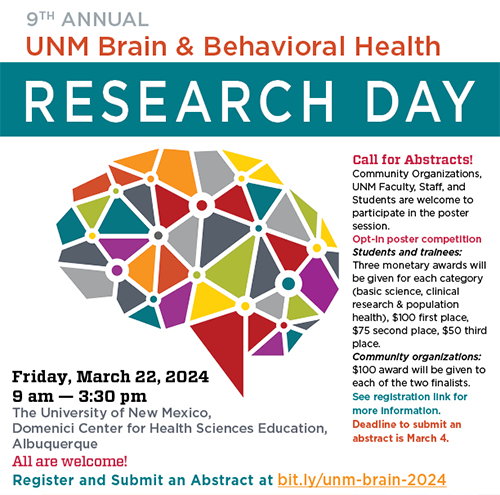Document Type
Poster
Publication Date
3-31-2023
Abstract
Background Severe acute respiratory syndrome coronavirus (SARS-CoV-2) is a highly pathogenic human coronavirus that typically causes respiratory infection. Evidence suggests that 10-15% of patients experience chronic neurologic symptoms, such as fatigue, headaches, and cognitive impairment.10 SARS-CoV-2 is thought to invade neural tissue, triggering immune system response, which may lead to brain dysfunction.7 The resulting brain dysfunction may be demonstrated through abnormal MRI and electroencephalography (EEG).4,8,9
Objective This study aims to establish foundational knowledge about the subacute and chronic neurocognitive effects of COVID-19, determine the pathologic mechanisms associated, and develop effective tools to guide and enhance treatment.
Hypothesis Neuro-positive COVID patients are predicted to have significantly greater deficits in fronto-parietal control network domains of executive function compared to controls and neuro-negative COVID patients. Additionally, neuro-positive COVID patients are expected to have lower activation amplitudes of event-related potentials on EEG, and lower levels of oxyhemoglobin in bilateral prefrontal cortices on Functional Near-Infrared Spectroscopy, (fNIRS). Neuropsychological Testing Neuropsychological testing aims to measure psychological functions linked to specific brain pathways. Examples of neuropsychological tests that will be administered in this study include: Test of Memory Malingering (TOMM); Hopkins Verbal Learning Test (HVLT); WAIS-IV: Digit Span; WAIS-IV: Symbol Coding, etc. Functional Near-infrared Spectroscopy (fNIRS) The application, fNIRS is used as a safe, optical brain imaging modality that measures the selective absorption of photons by oxyhemoglobin and deoxyhemoglobin in small vessels near the cortical surface. During fNIRS assessments, participants complete numerous active tasks. Electroencephalography (EEG) EEG detects and measures the brain’s electrical activity. Electrodes on the participant’s scalp can detect the electrical charges produced. During EEG assessments, participants complete numerous active tasks.
Goals Our long-term goal is to establish foundational knowledge about neurocognitive effects of COVID-19, to develop effective treatments to enhance recovery, decrease disability, and promote long-term brain health.
Recommended Citation
Chavez, Jude; Kevin Wilson; Karen Luo; Sarah Ward; Marcus Sterling; Adam Littleton; Ethan Campbell; John Romero; Richard Campbell; Darbi Gill; Jeremy Hogeveen; Jessica Richardson; and David K. Quinn. "Investigating Mechanisms of COVID-19 Neuropsychological Dysfunction." (2023). https://digitalrepository.unm.edu/hsc-bbhrd/67


Comments
Poster presented at the Brain & Behavioral Health Research Day 2023